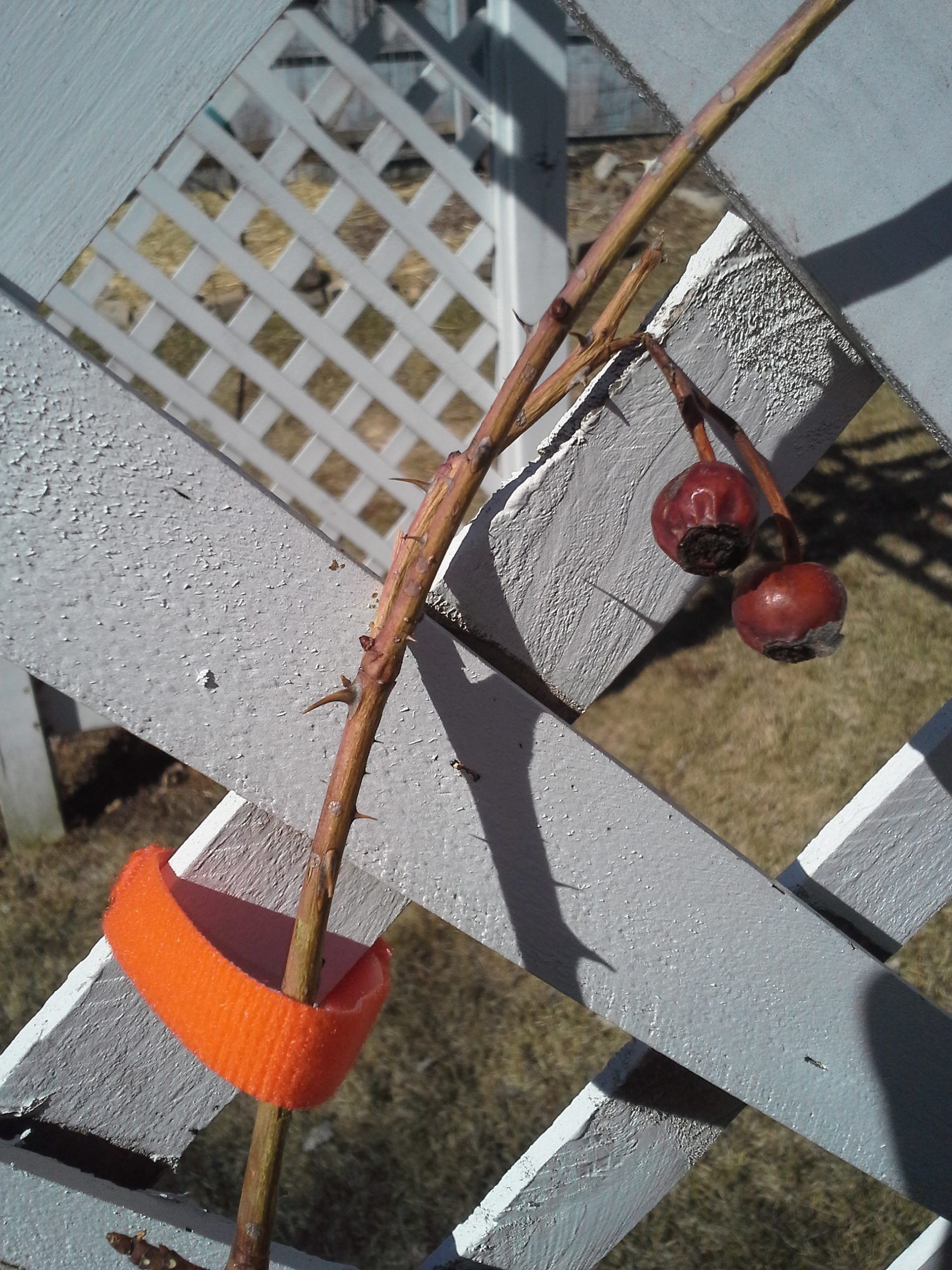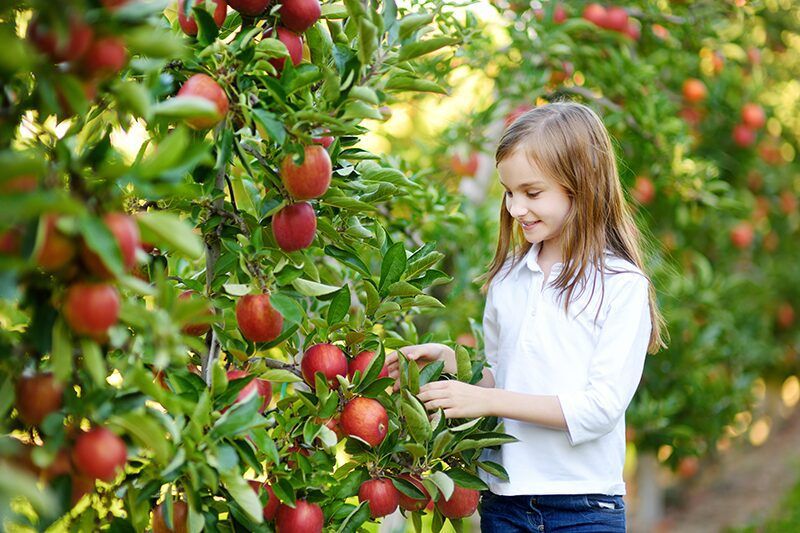 There is nothing more stunning in the garden than a climbing rose in full bloom draped over an arbor, arch or pergola. The flower show is amazing and breath-taking. While climbing roses can provide years of outstanding color in your garden, they do need care to grow properly. It all starts with selecting the right variety for your location. Check hardiness zones and select a disease-resistant variety adapted to your climate. Grow your roses in full sun on well-drained soil. Follow these steps for healthy roses this year.
There is nothing more stunning in the garden than a climbing rose in full bloom draped over an arbor, arch or pergola. The flower show is amazing and breath-taking. While climbing roses can provide years of outstanding color in your garden, they do need care to grow properly. It all starts with selecting the right variety for your location. Check hardiness zones and select a disease-resistant variety adapted to your climate. Grow your roses in full sun on well-drained soil. Follow these steps for healthy roses this year.
Pruning- If your roses haven’t leafed out yet, now is the time to prune them. Remove, dead, diseased and broken branches first. Then step back and assess the rose. Your rose should have evenly spaced, main structural branches with side shoots or laterals growing off them. Prune back laterals to 5 buds. Train the main branches so they are growing more horizontally. Horizontal branches tend to produce more flowers.
Tie Them Up– Support your main canes by tying them to the fence, arbor, pergola or arch with VELCRO® Brand Ties and VELCRO® Brand Garden Ties. Unlike other climbers, roses don’t attach themselves to a structure so need strong support to keep them vertical.
Fertilizer- Roses, especially hybrids, love to eat. Add rose food every month starting in spring until late summer to keep the flowers coming and the bush growing. You can supplement the rose food with dried coffee grounds, too. Roses like a bit of high nitrogen caffeine.
Deadheading- For many hybrid varieties, the plant will repeat flower during the season. After the first flush of blooms, deadhead to remove the old blossoms. This will stimulate new branches and flowers for later in the summer. Old fashioned climbers bloom just once in early summer so enjoy the rose hips that form and deadhead only to tidy up the plant.
 Looking to grow your own rose garden? Our plant ties are a simple and easy way to stake, train, and nurture plants of all kinds. Available in a variety of colors, these plant ties are easy to manipulate and adapt to your growing garden. Click here to learn more.
Looking to grow your own rose garden? Our plant ties are a simple and easy way to stake, train, and nurture plants of all kinds. Available in a variety of colors, these plant ties are easy to manipulate and adapt to your growing garden. Click here to learn more.



